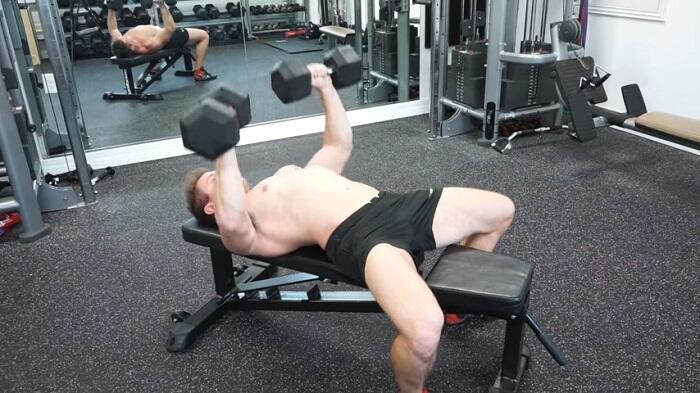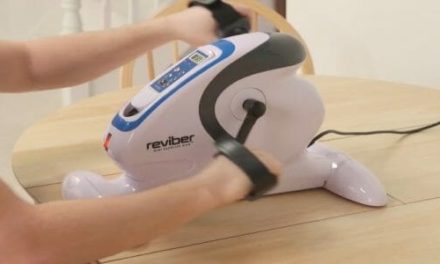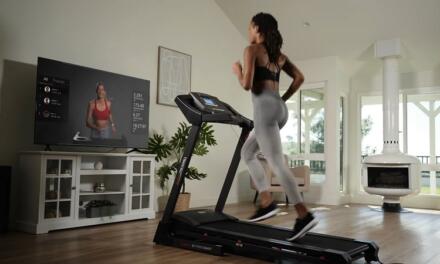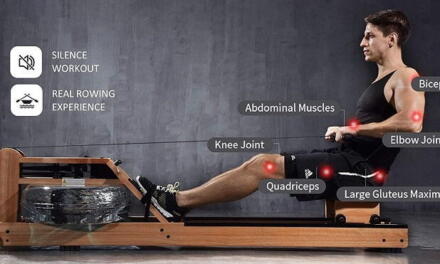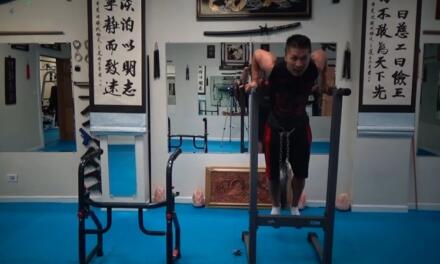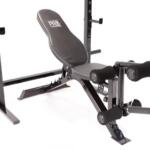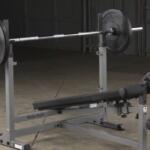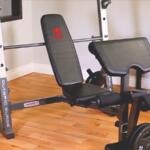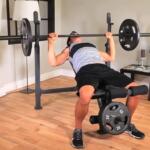Weight benches are an essential bit of kit to help you improve your strength and add muscle mass to your upper body quickly and safely. They provide you a stable base to perform many exercises such as bench presses, seated shoulder presses, and step-ups.
If you want to know how to use a weight bench? First, you’ll need to decide which type of bench you will use for your workouts, as the type of bench will determine what exercises you can perform.
Two Types of Weight Benches
Flat weight benches are typically used for heavy barbell pressing, such as flat bench presses. A flat weight bench doesn’t adjust in any way. It’s the most simple of designs and is limited to just a few exercises. Unless you’re already a seasoned weight trainer, a flat bench probably isn’t your best choice.
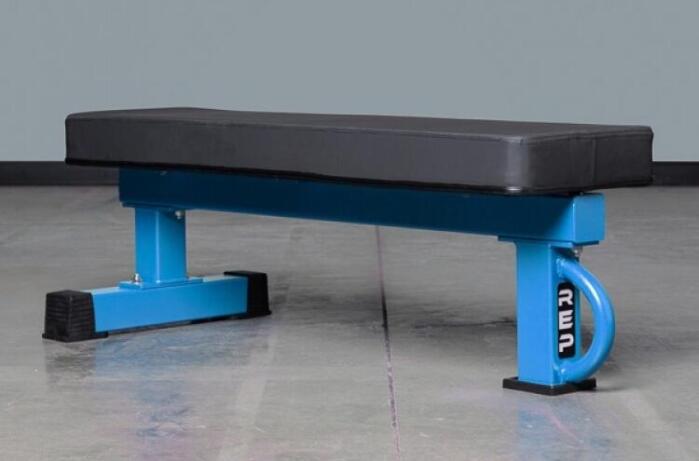
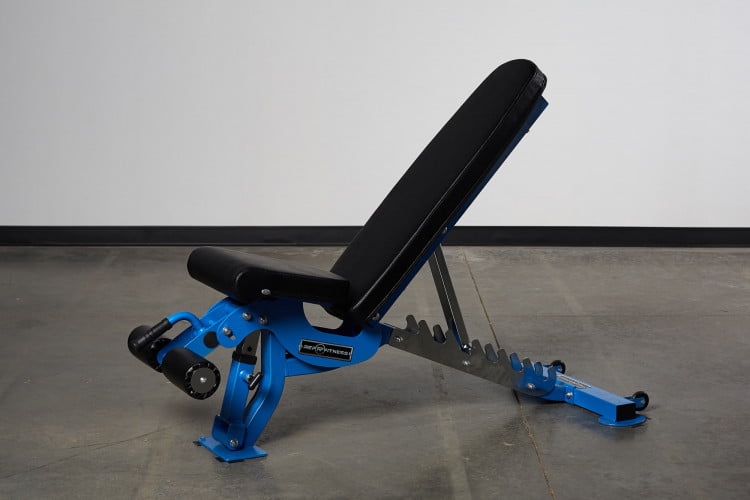
Flat Weight Bench
Adjustable Weight Bench
Adjustable weight benches include an adjustable back pad. The back pad can be adjusted to different angles to target your upper chest and shoulder muscles.
Most adjustable weight benches are equipped with a minimum of three adjustable back pad angles. 1. flat for flat exercises 2. incline for upper chest exercises, and 3. A near-vertical angle for seated shoulder press so you can target your shoulder muscles fully.
And because of the adjustable bench’s versatility, it’s this type of bench that we’ll focus on today.
How To Use A Weight Bench – Helpful Tips Video
Start With Light Weights & Use Correct Form
Owning an adjustable weight bench opens up a whole new world of resistance exercises, but knowing how to perform the exercises correctly is vital to your success. When performed correctly, you’ll also lower the risk of injuring yourself.
If this is your first time using a bench, it’s best to start with light weights and practice your form.
Many people make the mistake of using weights that are too heavy. This recruits other muscles to help out as the muscle targeted doesn’t have the strength to perform the exercise correctly. Not only will this slow down your progression, but it’s also dangerous.
Use the correct form and a weight you can lift comfortably for 15 repetitions.
4 Excellent Exercises For You To Try With Detailed Instructions
1. Dumbbell Bench Press
The dumbbell bench press is an excellent exercise for developing the pectorals muscles. It will increase your upper body strength, improve muscular endurance and even prepare you for exercises such as press-ups.
Another benefit of the flat press is that it gives the triceps and good workout as well.
To perform this exercise, you’ll need to adjust your weight bench to a flat position. Always making sure your feet are flat on the ground. This helps provide a stable base for you to press from.
Another good tip is to remember to squeeze at the top of the movement to ensure the targeted muscles remain fully engaged and activated.
Purpose of Exercise: To develop the mass and strength of the middle and out pectoral muscles.
1. Adjust your bench to a flat position. Lie on it with feet flat on the bench or floor. Take a dumbbell in each hand and hold the weights straight up overhead. Turn the dumbbells so that your palms facing forward.
2. Lower the weights toward your outer chest, concentrating on keeping them fully balanced and under control. Lower them as far as you can, feeling a complete stretch in the pectoral muscles. Press the weights back up and lock your arms straight overhead. (squeeze 10 seconds)
2. Dumbbell Incline Press
The incline press is very similar to the flat press in that both work and develop the chest muscles, except incline presses target the upper chest. Incline presses have been a favorite among all levels of weightlifters for decades, and it’s the one exercise I highly recommend if you want to add mass to the upper pectorals.
For best results, you’ll want to adjust your bench to a 30-degree angle any higher, and we start to engage the shoulders more.
Purpose of exercise: To develop the middle and upper pectoral muscles.
1. Take a dumbbell in each hand and lie back on an incline bench. Clean the dumbbells and hold them at shoulders height, palms facing forward.
2. Brace your core and press both dumbbells straight up over your chest as you exhale, then lower them back to the starting position. As you lower the dumbbells, your elbows should come down at roughly a 45-degree angle to your torso
3. Seated Shoulder Press
The seated shoulder press is the most popular exercise for developing the muscles of the shoulders. You’ll add size and strength fast if you include this movement into your weight training schedule.
The seated shoulder press also has many other benefits include straightening and developing the triceps and trapezius muscles.
You’ll need to adjust your weight bench to a near vertice for this exercise to give support for the back. 80-85 degrees is best (not full 90). This allows you to keep your back arched and your shoulders contracted together to give you a better position to push from.
Purpose of exercises: To train the front and side deltoids
1. Adjust your weight bench to a near-vertical position. Anywhere between 80-85 degrees is fine. Hold one dumbbell in each hand at shoulders height, elbows out to the sides, palms facing forward.
2. Lift the dumbbells straight up until they touch at the top, then lower them again as far as possible.
4. Seated Incline Dumbbell Curls
The seated dumbbell curl is a variation of the standing bicep curl. We chose to feature it here because many people, including myself, prefer the seated version as it allows for a greater range of motion, thus giving the long head of the biceps a greater stretch.
Seated Incline dumbbell curls are one of the best exercises for maximizing the biceps peak.
Purpose of exercise: To Stretch the biceps and for the overall development of the bicep
1. Adjust your weight bench back pad to about 55-60 degrees. Sit back on the incline holding a dumbbell in each hand. Using a palms-up grip curl the weights forward up to shoulder level.
2. Slowly lower the weight under control back to the starting position.
Choosing An Adjustable Bench ( Top Tips)
It can be difficult to choose an adjustable bench because of the wide variety of benches on the market. The quality on offer can vary hugely from one weight bench to another, so it’s always a good idea to know exactly what to look for before choosing an adjustable bench for home.
Here are a few handy tips you may want to consider before choosing your bench.
1. The Weight (Heavy Duty)
The weight of a bench gives us a good clue to the overall quality of the material used for the build.
Also, heavier benches tend to be more stable as the extra weight of the bench will help keep it planted to the floor, as the last thing you want when pressing heavyweights is for the bench to move around.
The good news is you dont have to spend a ton of money to find a heavy-duty bench. There are some great affordable benches out there at the moment that boast heavy-duty, high-quality builds. The Marcy SB-670 is one of them, and the Fitness Reality Super Max 2000 is another both cost under $200
2. Versatility – Back Pad potions – Adjustable Seat
You want to make sure your bench has a number of back pad positions, three being the minimum. This shouldn’t be an issue as most adjustable benches, even cheap benches, are usually equipped with at least 5 back pad angles nowadays.
Also, look for a bench that adjusts to a near-vertical for seated shoulder presses as so many of the benches out there right now only adjust to 70 degrees. This angle isn’t high enough to target the shoulder fully. You need 80 or even 90 degrees.
Adjustable Seat
An adjustable seat is another feature that I recommend you look for, as an adjustable seat will stop your butt from slipping down the bench is low incline angles. It will provide a stable base to press from. Again adjustable seats can be found on low-cost benches.
Stability – Wide Feet – High-density Foam Padding
Most people would say the bench’s weight is the deciding factor for stability, which is true weight is a big factor.
But we must also consider the type and thickness of the padding used for the bench.
If the padding is too soft, it can cause stability issues when pressing.
What you need is high-density foam padding. This stuff isn’t too soft or is too hard. It’s just right.
Another factor that affects stability is the width of the front and rear stabilizing bars. Look for wide stabilizing bars, as these really help to keep the bench stable, especially in high incline positions.
Weight Capacity
The weight capacity of a weight bench depends on the quality of the build. Most high-end benches include high weight capacity, some as high as 1500lb. If you’re a beginner, you won’t need such a high-capacity bench. Still, it’s a good idea to choose a bench that can grow with you as your strength increases.
And remember, the weight capacity of the bench also includes your body weight. So if a bench has a 500lb capacity and you weigh 200lb, you’ll still have another 300lb to play with.

